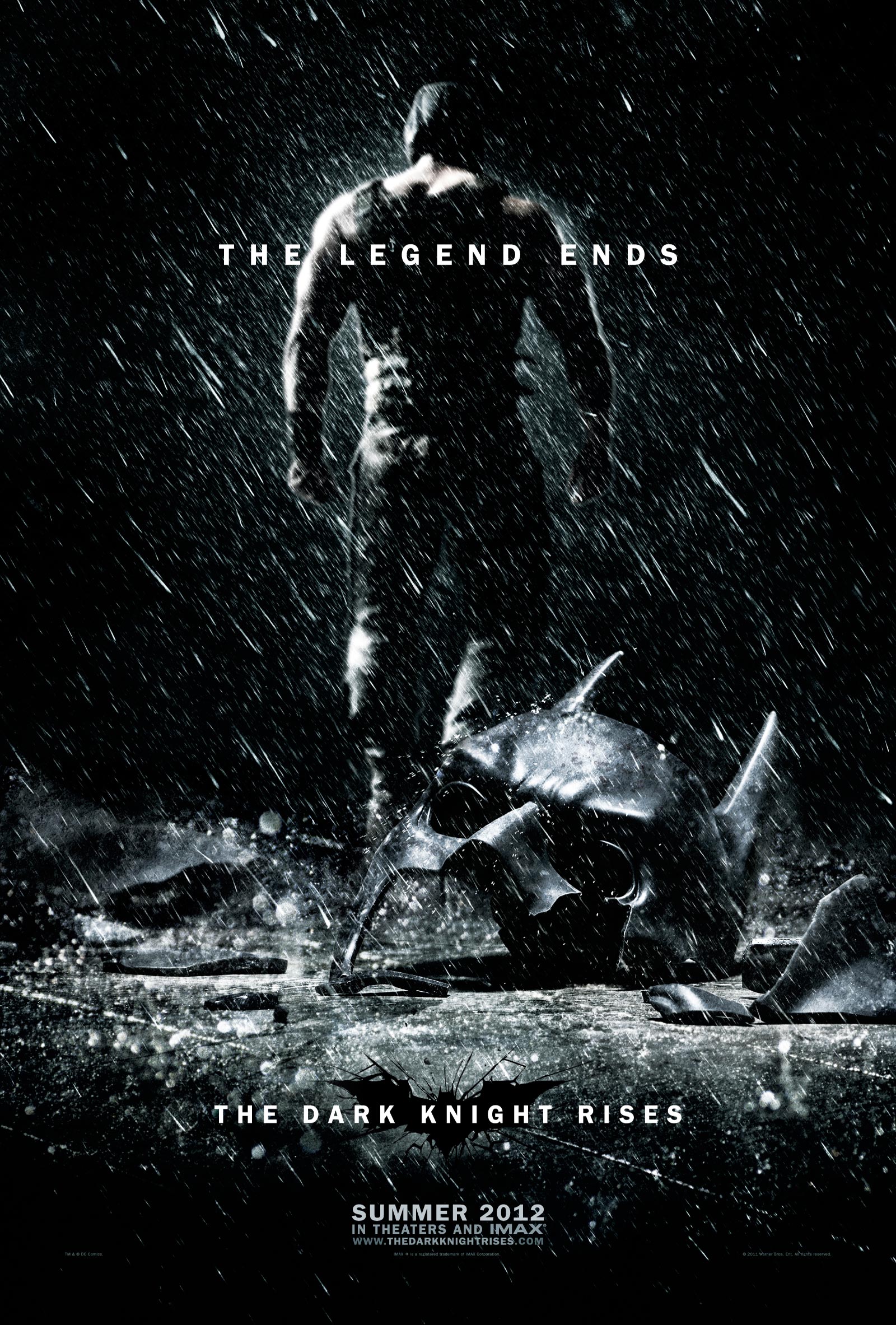During my research, I watched the film 'The Dark Knight Rises' which is a thriller that came out in 2012 and it had a big success, attracting millions of people from all around the world. It was written and directed by Christopher Nolan, starring Christian Bale, Tom Hardy, Marion Cotillard and Anne Hathaway, very big Hollywood stars.
This film can be included in a number of genres, like action, crime, and, more importantly, thriller, and I found aspects of it that made it belong to the thriller genre and the crime thriller sub-genre.

The music is very suspenseful throughout the whole film, giving the audience a sense of imminent danger.
The title sequence
The title sequence of this film follows the conventions of a thriller film opening, especially through the music, which builds tension and gives the audience a sense of the mood of the film.
.jpg)



























